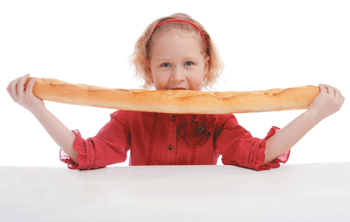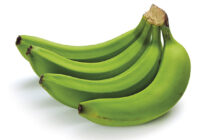It’s been more than two years since new rules were introduced making it mandatory for bakers to switch ordinary salt for the iodised kind in all breads except organic and unleavened types.
A new study puts the percentage of school-aged children estimated to have inadequate iodine intakes at just four percent – down from 38 percent prior to fortification.
Importantly the Ministry of Agriculture and Forestry (MAF) study also estimates that regardless of whether or not children use discretionary iodised salt in their diet, less than one percent of them would be likely to consume more iodine than what’s recommended.
MAF food science and risk assessment manager Jenny Reid explains that iodine deficiency can lead to significant health problems, such as poor growth and development in children as well as thyroid diseases in the general population.
“Because iodine is essential for brain development, it is particularly important that unborn babies, infants and young children have enough iodine,” she says.
“These study results indicate that we are well on our way to achieve MAF’s goal of ensuring that more than 70 percent of school-aged children reach the ideal iodine intake.”
The NZ Association of Bakers is pleased with the study results. President Peter Rewisays that historically iodised salt was used in New Zealand bread production up until the early 1980s.
“Bakers in New Zealand are pleased to see that reverting to the use of iodised salt in bread production has achieved its goal of helping reach the target of improvement in iodine status, so that more than 70 percent of school aged children reach the ideal intake for iodine.”





























































































